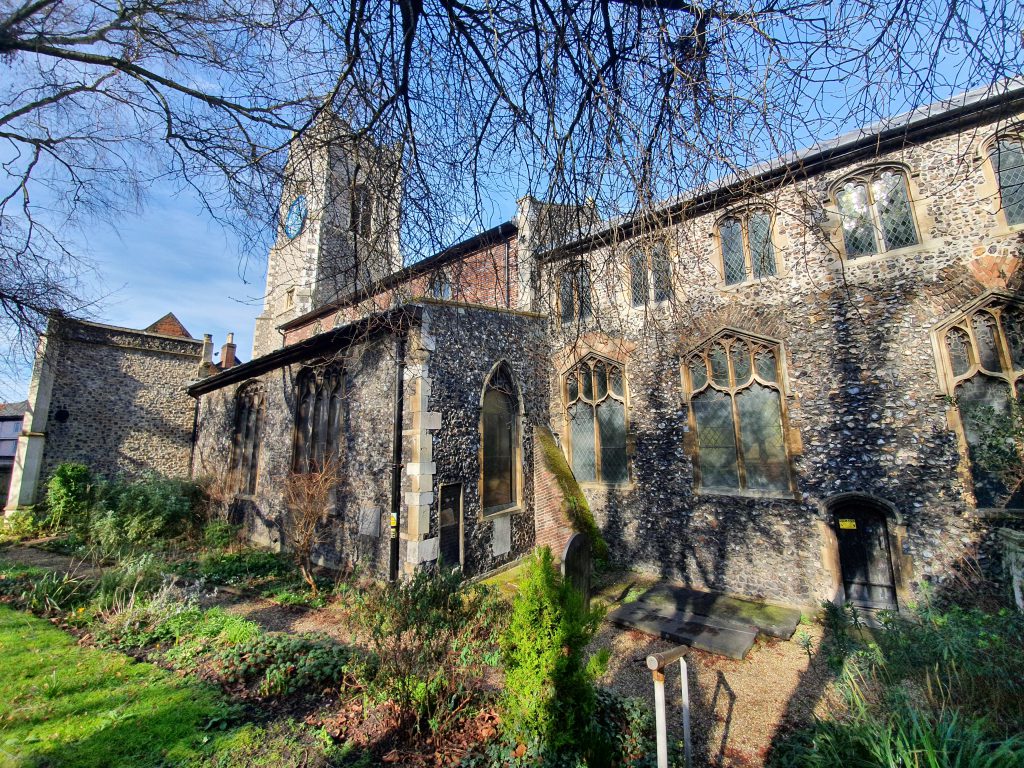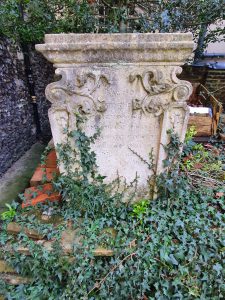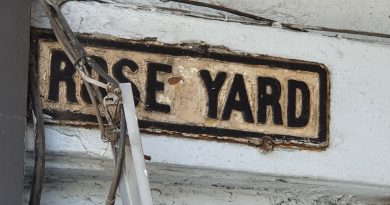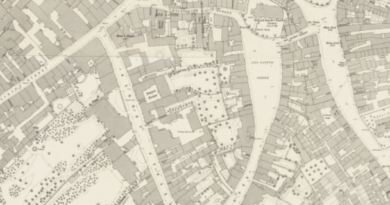Norwich – St. George’s Church, Tombland (William Martin Seppings)
Tucked away at the back of the churchyard of St. George’s Church in Tombland, Norwich is the gravestone of William Martin Seppings. William was born in 1785 and lived in South Acre, a village located nearby to Castle Acle and he married Anne Squire (born in 1791) in 1811.
The electoral register of 1835 notes that he held a freehold estate at Tombland which gave him the right to vote. He was also one of the first chairs of the East of England Bank following its establishment in 1836, a bank which got into financial difficulty in 1864 and was reformed as the Provincial Banking Corporation, later becoming part of Barclays Bank. In his various roles on the council, William served alongside Samuel Bignold, the general secretary of Norwich Union and son of its founder.
At the 1841 census, William was living at Tombland (although no more precise address is given) with his wife Anne, along with Beatrice Ellis (aged 40), Elizabeth Jessup (aged 35) and Sarah Smith (aged 20). The ages at the 1841 census aren’t always perfect, and William was listed as being aged 50. I can’t find any evidence that the couple had any children.
William died at his house at Tombland on 19 March 1846, at the age of 61. The death was reported by the local press, who noted that William had been one of the first batch of magistrates appointed by Sir Robert Peel’s administration after the Whigs had lost power. Perhaps more telling is the comment that “although he possessed no inconsiderable portion of eccentricity, he was an independent and honourable man and generally respected”.
Anne lived much longer, she died in 1883 at the age of 92, having lived at a property at Castle Meadow with two servants for over three decades. Elizabeth Jessup remained as a servant until the late 1860s, having served the family for over thirty years.
There’s not enough information that I can readily find to tell the whole story of William Martin Seppings, although we know he did well financially and was well respected. We also know that he was quite eccentric, thanks to his obituary, and that he was afforded a decent headstone which has lasted well. What he would think about being in the corner of the graveyard next to some bricks and compost I’m not sure. But the church remains in use, he’s near to Tombland where he lived and worked for much of his life, and so perhaps he’d be quite content knowing that not that much has changed here.





